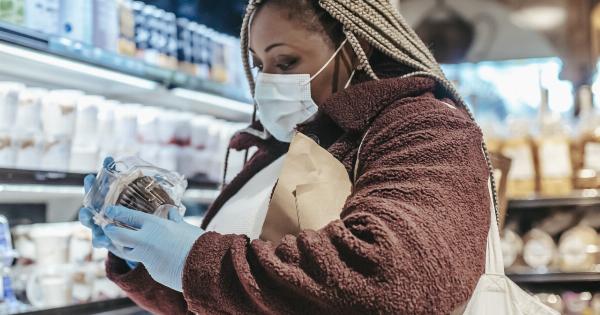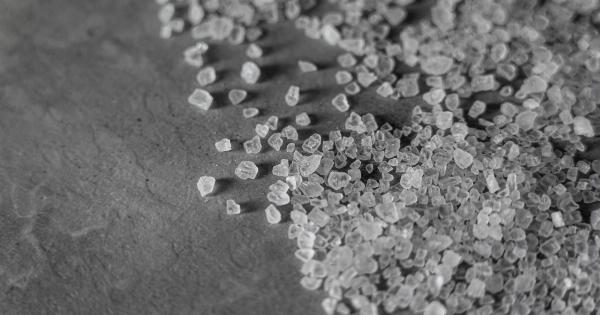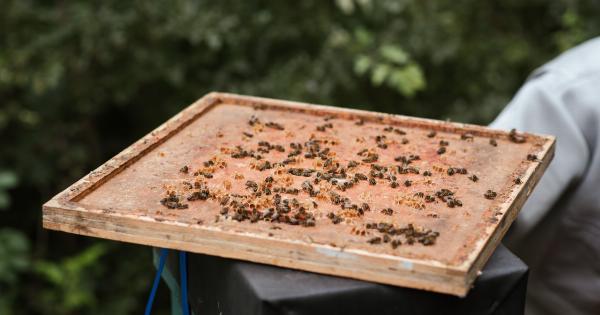Food is an essential part of our daily lives, providing us with the necessary nutrients and energy to sustain our bodies. However, it is important to be aware of the potential hazards that can be present in the food we consume.
From bacteria and harmful chemicals to allergens and physical hazards, there are several factors that can pose a threat to our health and safety. This article will discuss some common food hazards and provide tips on how to keep an eye on them to ensure the food we consume is safe.
Bacterial Hazards
Bacteria are microorganisms that can be found almost everywhere in the environment. While most bacteria are harmless, there are certain types that can cause foodborne illnesses. Common bacterial hazards include Salmonella, E. coli, and Campylobacter.
To prevent bacterial contamination, it is important to practice good food hygiene.
This includes washing hands thoroughly before handling food, keeping raw and cooked foods separate, cooking food to the appropriate temperature, and storing perishable food in the refrigerator.
Chemical Hazards
Chemical hazards in food can arise from various sources, such as pesticides, food additives, and environmental contaminants.
Pesticides used in agriculture can leave residues on fruits and vegetables, which can be harmful if consumed in excessive amounts.
Food additives, such as artificial sweeteners, preservatives, and flavor enhancers, can also pose risks if used inappropriately or if an individual has an allergy or sensitivity to them.
Environmental contaminants, including heavy metals like lead and mercury, can enter the food chain through pollution.
These contaminants can accumulate in certain types of fish and seafood, making them potentially hazardous if consumed in large quantities.
Allergens
Allergens are substances that can cause an allergic reaction in some individuals. Common food allergens include peanuts, tree nuts, milk, eggs, soy, wheat, fish, and shellfish.
Even trace amounts of allergens can trigger allergic reactions in sensitive individuals.
To avoid allergenic reactions, it is important to read food labels carefully and be aware of any potential cross-contamination during food preparation or processing.
Restaurants and food establishments should also be vigilant in preventing cross-contact between foods to ensure the safety of their customers.
Physical Hazards
Physical hazards refer to foreign objects that may accidentally get into food during production, processing, or packaging. These objects can include metal fragments, glass shards, stones, or pieces of packaging materials.
To minimize the risk of physical hazards, food manufacturers and processors should implement proper quality control measures, including metal detectors and sieves, to detect and remove any foreign objects.
Consumers should also inspect their food before consumption and report any findings of foreign objects to the relevant authorities.
Foodborne Illness Prevention
Preventing foodborne illnesses involves taking several precautionary measures. These include:.
1. Proper Handwashing
Thoroughly washing hands with soap and water before handling food is crucial in preventing the spread of harmful bacteria. Hands should be washed for at least 20 seconds to ensure proper cleanliness.
2. Cooking Food to Safe Temperatures
Proper cooking temperatures can kill harmful bacteria that may be present in food. Using a food thermometer to check the internal temperature of cooked food is essential to ensure safety.
The recommended safe temperatures vary depending on the type of food being cooked.
3. Safe Food Storage
Perishable foods should be stored in the refrigerator or freezer to prevent the growth of bacteria. It is important to adhere to the recommended storage guidelines and ensure that the refrigerator is set at the appropriate temperature.
4. Avoiding Cross-Contamination
Cross-contamination occurs when bacteria from raw food come into contact with cooked or ready-to-eat food.
To avoid this, separate raw and cooked foods during preparation, use separate cutting boards and utensils, and ensure proper cleaning and sanitization of kitchen surfaces.
5. Reading Food Labels
Food labels provide important information about ingredients, nutritional content, and allergens. Reading food labels can help identify potential risks, such as allergens or additives, and make informed choices about the food we consume.
Conclusion
Being aware of the potential hazards in the food we consume is crucial for maintaining our health and well-being.
By understanding and implementing food safety practices, such as proper handwashing, safe cooking temperatures, and avoiding cross-contamination, we can reduce the risk of foodborne illnesses. Stay vigilant and keep an eye on potential food hazards to ensure that every meal we enjoy is safe and nutritious.






























